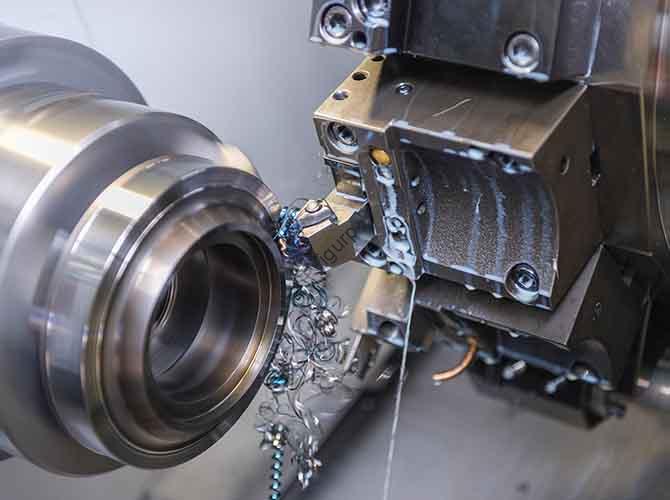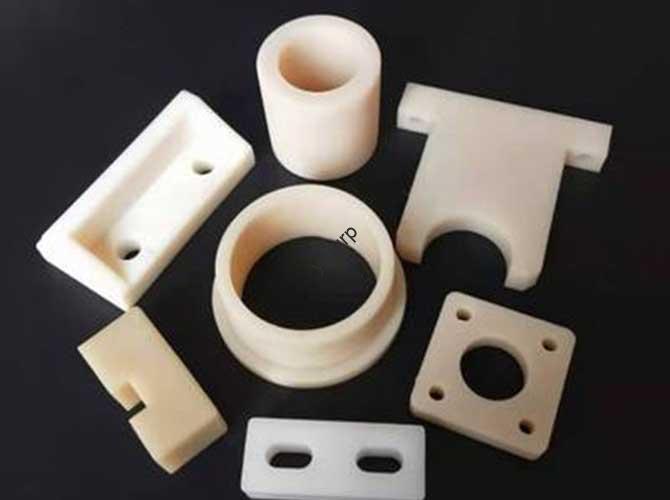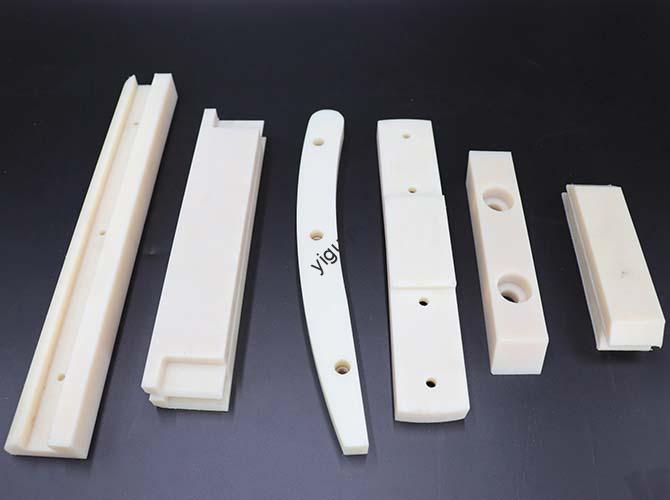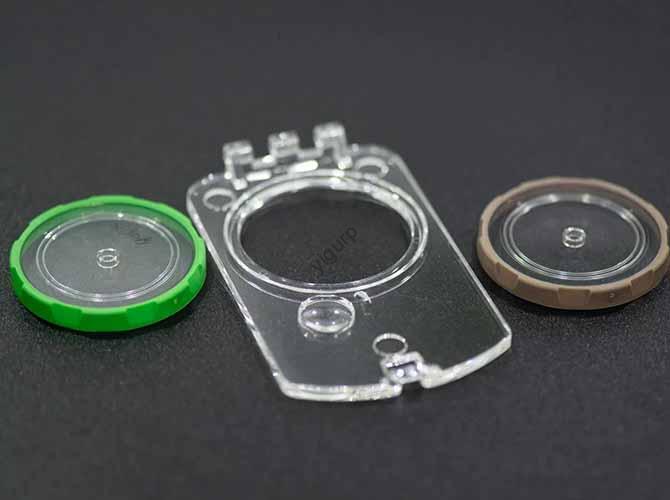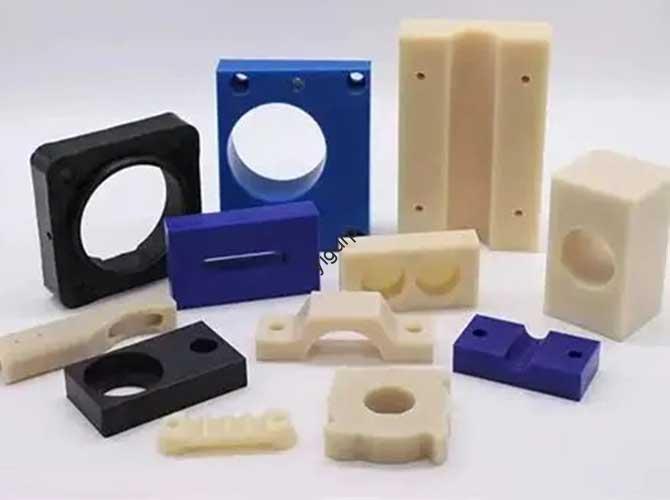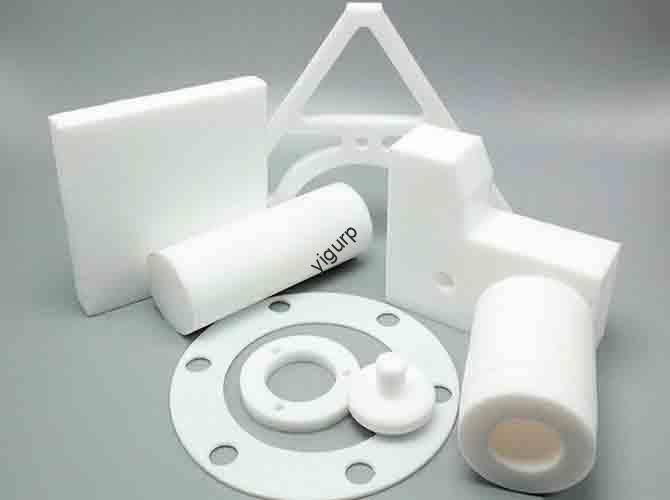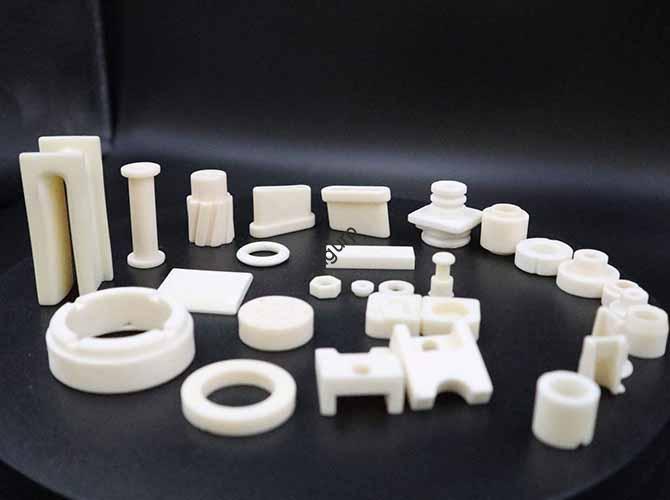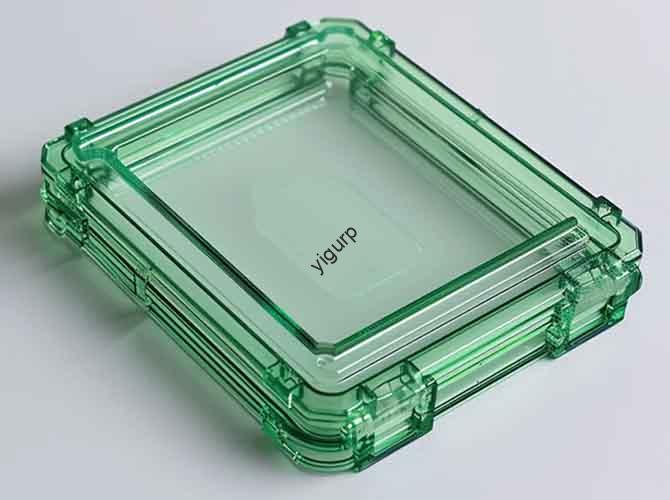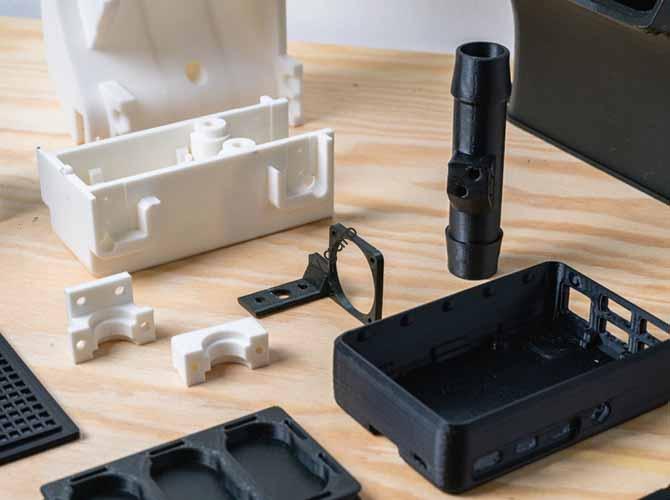Urethane Casting Materials: The Complete Guide for Prototyping & Production
If you’re a product designer, manufacturer, or hobbyist asking, “What are urethane casting materials, and how do I use them for my project?” let’s cut to the chase. Urethane casting materials (also called polyurethane casting resins) are two-part liquid compounds—resin and hardener—that cure into solid, durable parts when mixed. They’re ideal for creating high-fidelity prototypes, low-volume […]

